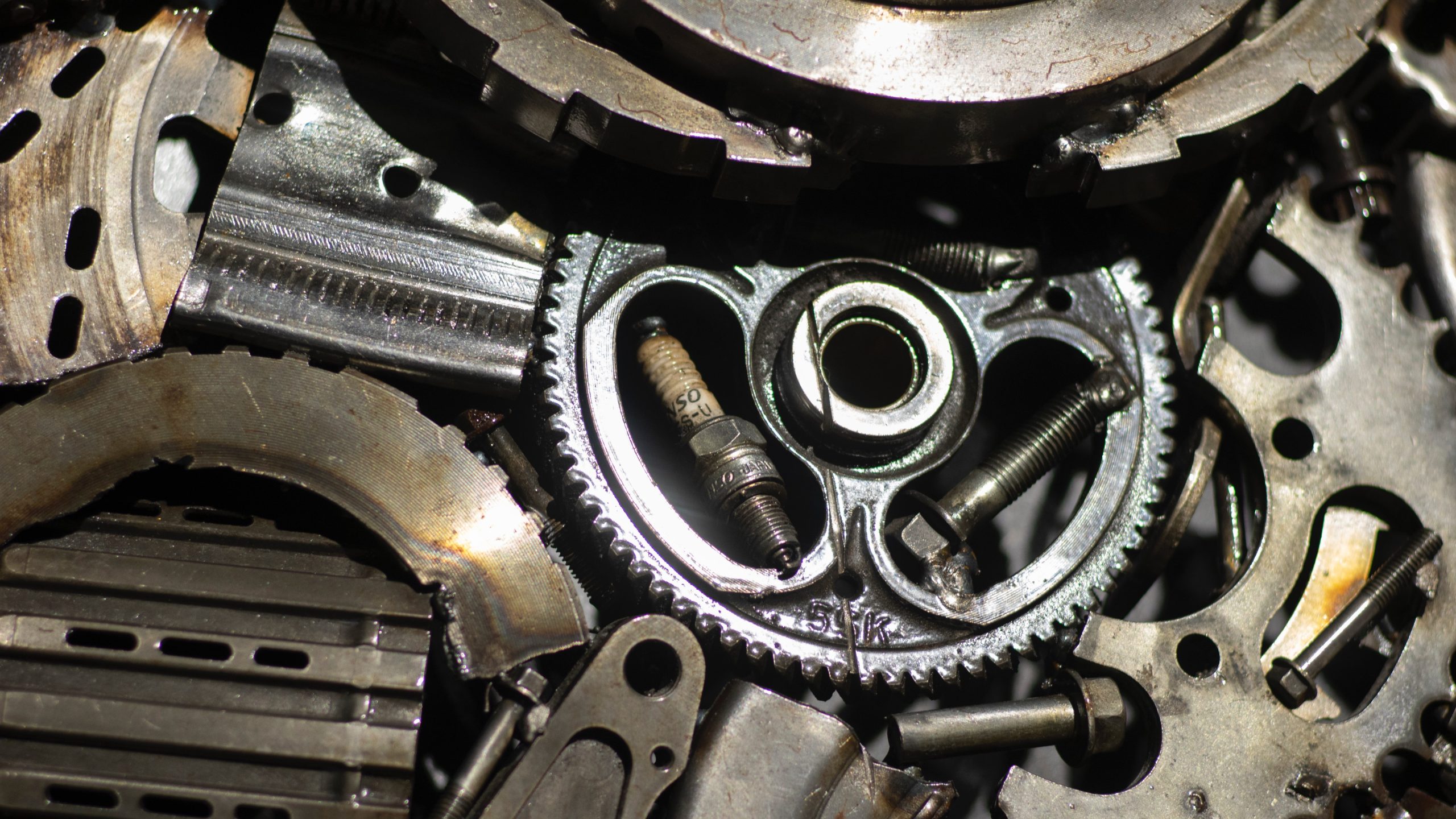
Welding has played a pivotal role in the automotive industry, enabling the mass production of reliable and efficient vehicles. From the assembly line to the repair shop, welding techniques and technologies have evolved to meet the ever-growing demands of the industry. This article will explore the importance of welding in the automotive industry, the various welding processes used, and how these techniques contribute to vehicle performance and safety.
Driving Innovation: The Role of Welding in Automotive Manufacturing
The automotive industry relies heavily on welding to manufacture vehicles that are safe, fuel-efficient, and environmentally friendly. Welding is essential for creating strong and durable connections between various metal components, such as the vehicle’s body, frame, and suspension system. These connections contribute to the overall structural integrity, crashworthiness, and performance of the vehicle.
In the assembly process, manufacturers utilize various welding processes and materials, including different types of metals, to create a balance between strength, weight, and efficiency. Lightweight materials like aluminum and high-strength steel are becoming increasingly popular in vehicle manufacturing to reduce weight and improve fuel efficiency.
Popular Welding Techniques in the Automotive Industry
Several welding techniques are widely used in automotive manufacturing. Each method offers unique advantages and is suited for specific applications. Some of the most popular welding techniques in the industry include:
- MIG Welding: MIG welding (Metal Inert Gas welding) is a versatile and efficient welding process that uses a continuous solid wire electrode fed through a welding gun. This process is popular in the automotive industry due to its high speed, ease of use, and ability to weld a variety of metals, including aluminum and steel.
- TIG Welding: TIG welding (Tungsten Inert Gas welding) is a precise and clean welding process that uses a non-consumable tungsten electrode to create an arc. TIG welding is often used for welding aluminum and other non-ferrous metals in the automotive industry, as it produces strong, high-quality welds with minimal distortion.
- Spot Welding: Spot welding is a resistance welding process used to join two or more sheets of metal together by applying heat and pressure at specific points. This technique is widely used in the automotive industry for assembling body panels and other sheet metal components.
- Robotic Welding: The automotive industry has embraced automation to increase efficiency and precision in the welding process. Robotic welding systems use advanced technology to perform repetitive and complex welding tasks with speed and accuracy, reducing labor costs and improving product quality.
Safety and Quality Control in Automotive Welding
Safety is a top priority in the automotive industry, and welding is no exception. Manufacturers must adhere to strict quality control standards to ensure the safety and reliability of their vehicles. This includes regular inspections of welds, proper training and certification of welders, and the use of appropriate safety equipment.
The automotive industry also benefits from the development of new welding technologies, materials, and techniques. Research and innovation in this field continue to drive improvements in vehicle performance, safety, and efficiency.
The Road Ahead: Welding’s Impact on the Future of the Automotive Industry
As the automotive industry evolves to
meet the demands of a rapidly changing world, welding will continue to play a crucial role in vehicle manufacturing. As new materials and technologies emerge, the industry will adapt and refine its welding techniques to create even more efficient, safe, and environmentally friendly vehicles. Here are some key trends to watch in the future:
- Lightweight Materials: The push for greater fuel efficiency and reduced emissions will drive the adoption of lightweight materials such as aluminum, magnesium, and high-strength steel. Welding techniques will need to adapt to accommodate these materials, ensuring strong and reliable connections.
- Electric and Hybrid Vehicles: The rise of electric and hybrid vehicles will require new welding techniques and technologies to handle unique challenges, such as joining dissimilar materials and ensuring electrical conductivity.
- Advanced Automation: As the automotive industry continues to embrace automation, robotic welding systems will become more advanced and capable of handling complex tasks with greater precision and efficiency.
- Innovative Welding Processes: Emerging welding processes, such as friction stir welding and laser welding, may gain traction in the automotive industry due to their potential for creating high-quality, reliable welds in a variety of materials.
In conclusion, welding is an essential component of the automotive industry, responsible for creating safe and efficient vehicles that meet the ever-evolving demands of consumers and regulatory requirements. By embracing new materials, technologies, and techniques, the industry will continue to innovate and improve vehicle performance, safety, and environmental impact.
FAQs
- Why is welding important in the automotive industry?
Welding is crucial in the automotive industry for creating strong and durable connections between various metal components, such as the vehicle’s body, frame, and suspension system. These connections contribute to the overall structural integrity, crashworthiness, and performance of the vehicle.
- What welding techniques are commonly used in the automotive industry?
MIG welding, TIG welding, spot welding, and robotic welding are some of the most popular welding techniques used in the automotive industry.
- How does the automotive industry ensure the safety and quality of its welding processes?
The automotive industry adheres to strict quality control standards, including regular inspections of welds, proper training and certification of welders, and the use of appropriate safety equipment.
- What are some emerging trends in automotive welding?
Some key trends in automotive welding include the adoption of lightweight materials, the rise of electric and hybrid vehicles, advanced automation, and the development of innovative welding processes.
- How does welding contribute to the environmental impact of vehicles?
Welding plays a role in the environmental impact of vehicles by enabling the use of lightweight materials and advanced manufacturing techniques that improve fuel efficiency and reduce emissions.
